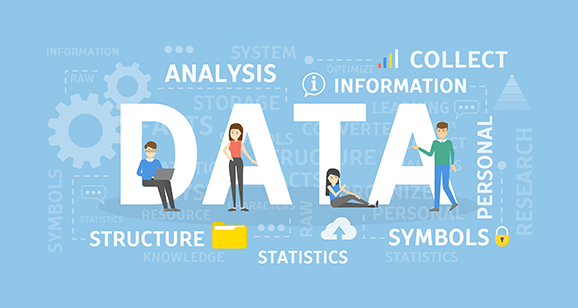Microsoft Power BI Introduction
Power BI – Introduction
Microsoft Power BI assists companies in transforming unstructured data into knowledge that is relevant and helpful. This tool for data visualisation and business intelligence is effective. It gives customers the ability to quickly create interactive reports, dashboards, and visualisations by linking to a number of data sources, including cloud-based apps, spreadsheets, databases, and databases. Because of its user-friendly drag-and-drop interface and extensive library of customisable visualisation choices, Power BI users are equipped with the knowledge and skills necessary to make informed decisions and gain an analytical understanding of their corporate data.
Why is Microsoft Power BI used?
- Data visualization: Users of Power BI can build dynamic, interactive reports and dashboards that let them find trends, outliers, and patterns in their data with ease.
- Data exploration: Users of Power BI may execute ad hoc analysis to go deeper into their data and find fresh insights.
- Data modelling: Strong data modelling features offered by Power BI enable users to mix, shape, and transform data from several sources into a single, unified view.
- Collaboration: Power BI users can easily collaborate on data-driven initiatives by sharing their reports and dashboards with co-workers, clients, and partners.
Components of Power BI Desktop
-
Power Query
A tool for data transformation called Power Query, It is to locate, connect, assemble, and enhance data sources. It may be accessible by Excel add-ins or Power BI Desktop.
-
Power Pivot
Power Pivot is a data modelling method, it enables you to build data models, construct associations, and do computations. And with the use of the Data Analysis Expression (DAX) language, it models both simple and complex data.
-
Power View
It is accessible via Power BI, Excel, SharePoint, and SQL Server. To filter data for each individual data visualisation or the complete report, you may link to data sources.
-
Power Map
Power Map is a 3-D data visualisation tool that can be to produce interactive maps of data Using Excel tables or Data Models.
-
Power BI Desktop
The package of development tools known as Power BI Desktop includes Power Query, Power Pivot, and Power View. It is a single programme that makes business intelligence and data analysis simple to start using.
-
Power Q&A
In Power Q&A you can use Power Q&A to analyse your data in your own terms. It is the simplest way to use natural language to quickly extract an answer from your data. For instance, what were the total sales for the prior year? Ask questions and get rapid answers after creating your data model and putting it on the Power BI platform.






